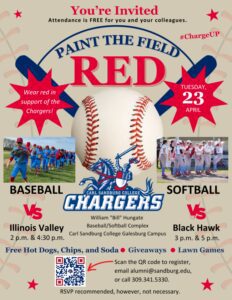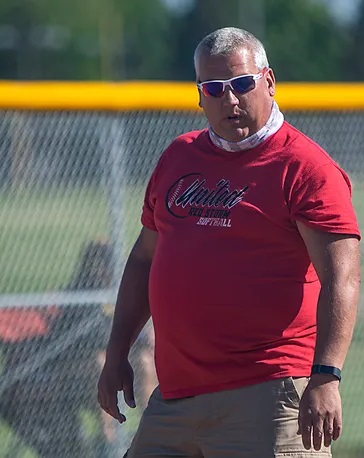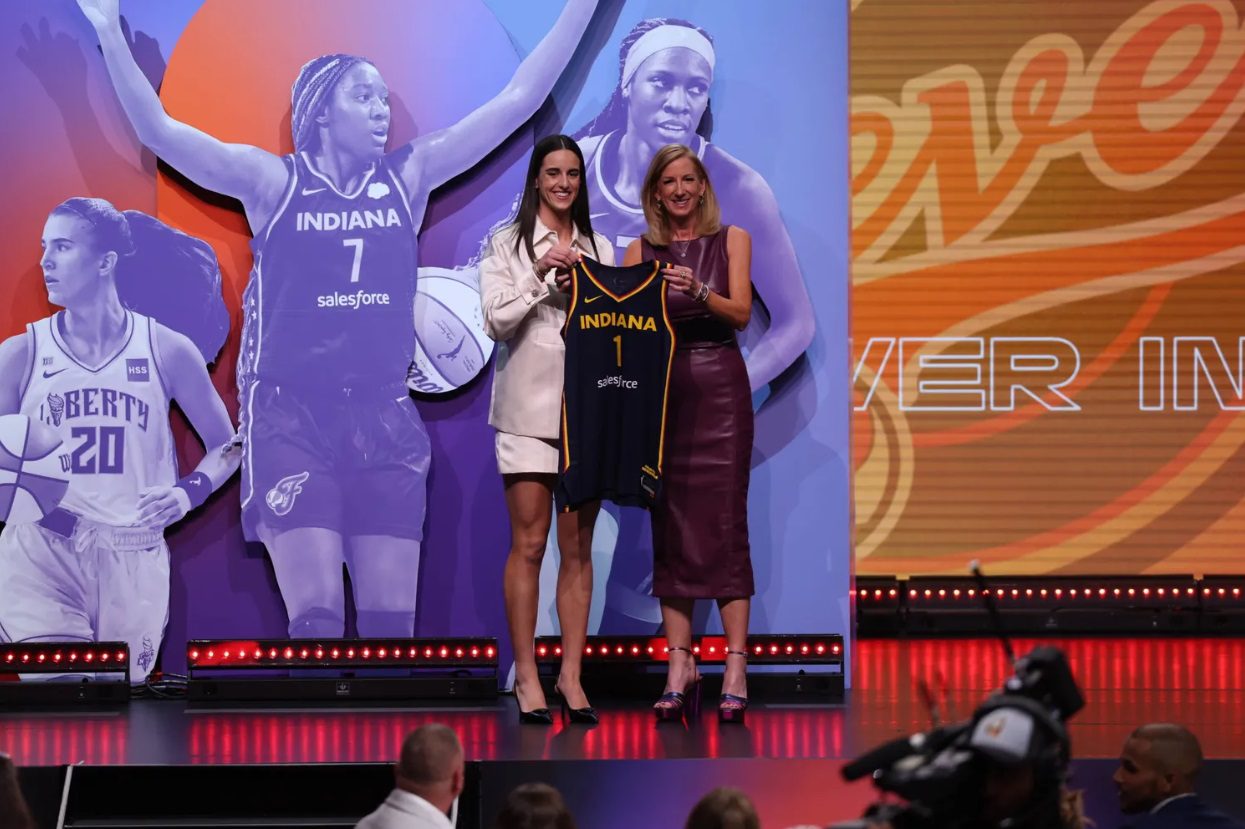Spring means baseball season is gearing up – that is, if it has not yet already started. A recent study by the Sports and Fitness Industry Association (SFIA) found that nearly 16 million Americans spanning all age groups play baseball. The popularity of baseball started to grow in the early 1800s and has earned the title of “America’s Pastime” over the years. However, whether you are a rookie or play for the Major League, anyone who plays is at risk for injury down the line.
According to the American Academy of Orthopedic Surgeons (AAOS), the most common baseball-related injuries include mild soft tissue injuries, such as muscle strains, ligament sprains, cuts, and contusions (bruises) – and although baseball is a non-contact sport, most serious injuries are due to contact either with a ball, bat, or another player. Additionally, the repetitive nature of baseball – throwing, catching, squatting, batting, sliding – often results in overuse injuries.
“The saying ‘no pain, no gain’ doesn’t necessarily apply. Pay attention to where the pain is. Joint pain is not normal. Muscle soreness can be normal from practicing hard and playing hard – so if it’s pain in the muscles themselves that’s okay, but your actual joints should not hurt you when you’re playing. That’s something to pay attention to in order to help differentiate,” says Dr. Craig Wilson, an OSF HealthCare orthopedic surgeon.
Dr. Wilson adds that if you have pain every time you throw, or if the pain is affecting the quality of your playing, then those are red flags and you should be evaluated by a doctor.
“Overuse injuries tend to be from the throwing arm. You can see shoulder pain that can be from just tendonitis or rotator cuff tendonitis, partial thickness tears, SLAP tears which is a labral injury where the bicep attaches to the shoulder – and often times they are from repetitive use over time without adequate rest before continuing on,” Dr. Wilson explains.
To find out the amount of pitching a baseball player should stick to according to their age, Dr. Wilson recommends referring to Pitch Smart, a Major League Baseball and USA Baseball initiative that provides guidelines to help parents, players, and coaches avoid overuse. He adds that it is important to strengthen all of the muscles used for pitching and throwing – not just your arm.
“The entire body is involved with throwing. You need to make sure you have a strong core. You want to make sure you have good scapular stabilizers, which are all of the muscles that stabilize your shoulder blade and your rotator cuff is what stabilizes the ball and socket joint. You need to make sure those are strong and flexible. Make sure you have good core strength and thoracic rotation where your rib cage is. You need to be able to rotate through your spine. And your hips also need to be strong and be able to rotate well,” says Dr. Wilson.
Proper preparation and recovery is crucial even for the top baseball stars. Dr. Wilson recommends staying in shape in the off-season as well, adding that sometimes playing a different sport during the off-season can also help to avoid overuse injuries, as you will be required to use different muscle movements than the ones used most in baseball. Stretching after practices and games and getting adequate sleep is important, too.
Staying hydrated is also essential. In fact, dehydration can not only hinder athletic performance on the field, but proper hydration is also important to help cool the body down. The AAOS recommends drinking 24 ounces of non-caffeinated fluid two hours before exercise – and drinking an additional eight ounces of water or sports drink right before exercise. Additionally, the AAOS recommends breaking for eight ounces of water every 20 minutes during practices and games.
“I think the biggest piece of advice is ease into things. We see a lot of injuries that occur when people do too much too soon. By making sure that you’re gradually increasing the amount of activities, minding the pitch count, giving yourself the proper rest between games, and focusing on good technique are going to be the main stays of preventing injury,” Dr. Wilson advises.
Most importantly, whether you are a baseball player or are the parent of one, baseball-related injuries should not be taken lightly.
If you are experiencing pain in one of your joints, have prolonged pain that does not get better with proper rest, or want to ensure you are getting the appropriate nutrients to help you refuel between games, you should talk to a primary care or orthopedic provider.
If you do not have one, find one at www.osfhealthcare.org.
***Report Courtesy of OSF HealthCare***















